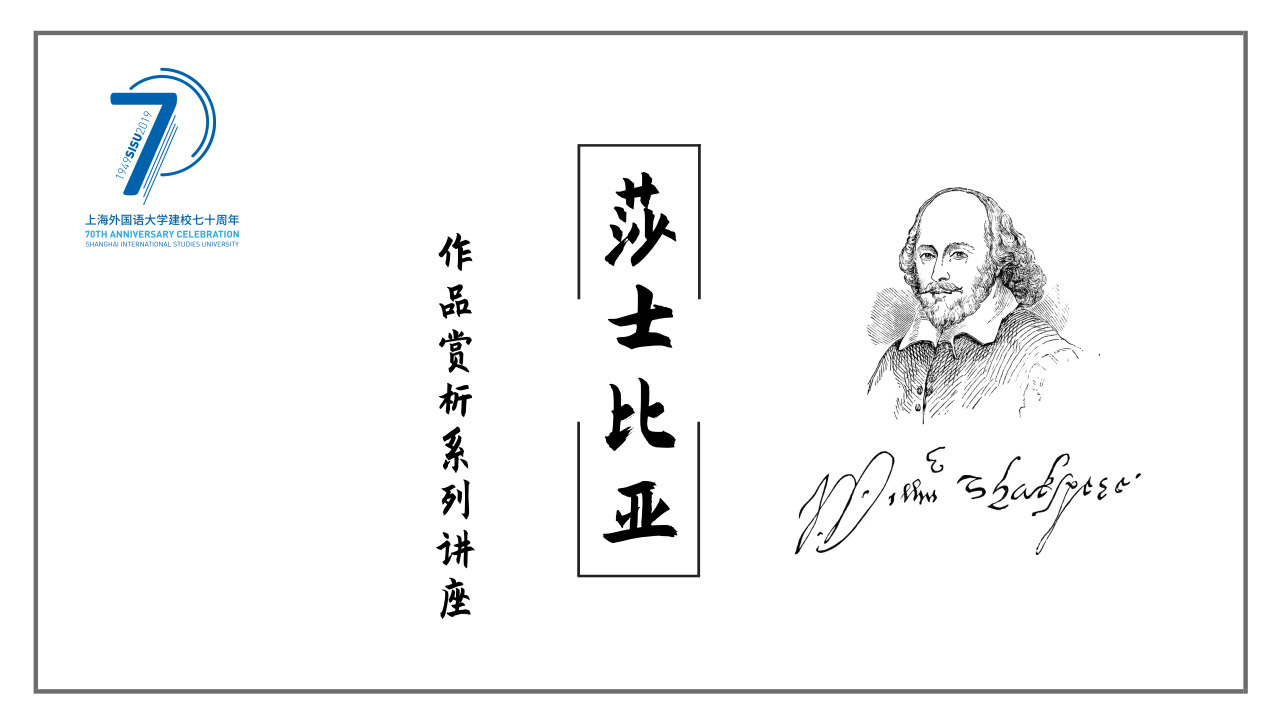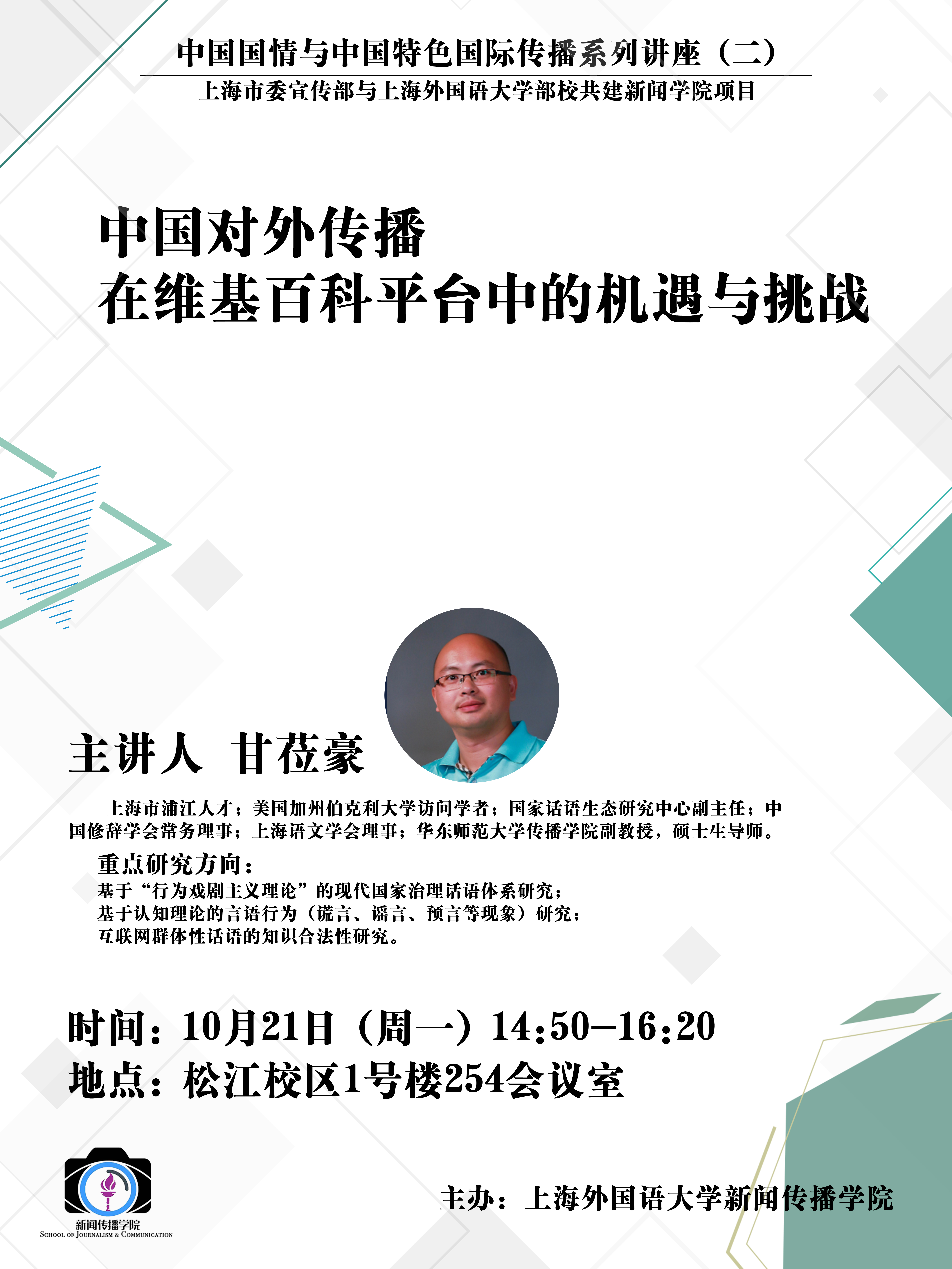
My talk on the process of adapting It Can’t Happen Here, the novel written by Sinclair Lewis, for the stage along with Tony Taccone, which was originally performed by Berkeley Repertory Theater in 2016 and has since been published by Dramatist’s Play Service and produced numerous times throughout the United States and in England, will focus not only on that work, but also on the experience with adaptations over the past 35 years in theater, film, and television. During that time, I have adapted such works as the German play The Soldiers, by Jakob Lenz, the novels Rainbow Drive, The Night of the Fox, and The Snarkout Boys and the Avocado of Death, for television, and have had my own book, The Zebra Murders: A Season of Killing, Racial Madness, and Civil Rights adapted for both film and television, while also being involved in the adaptations of other works as both a producer and a consultant. My talk will touch upon the different demands made on adaptations by all three mediums, and the unique set of circumstances that surrounded our adaptation of It Can’t Happen Here, a fictional play about a Presidential election that proved devastating for America, in the midst of a real Presidential election that proved much the same.
新闻报道






